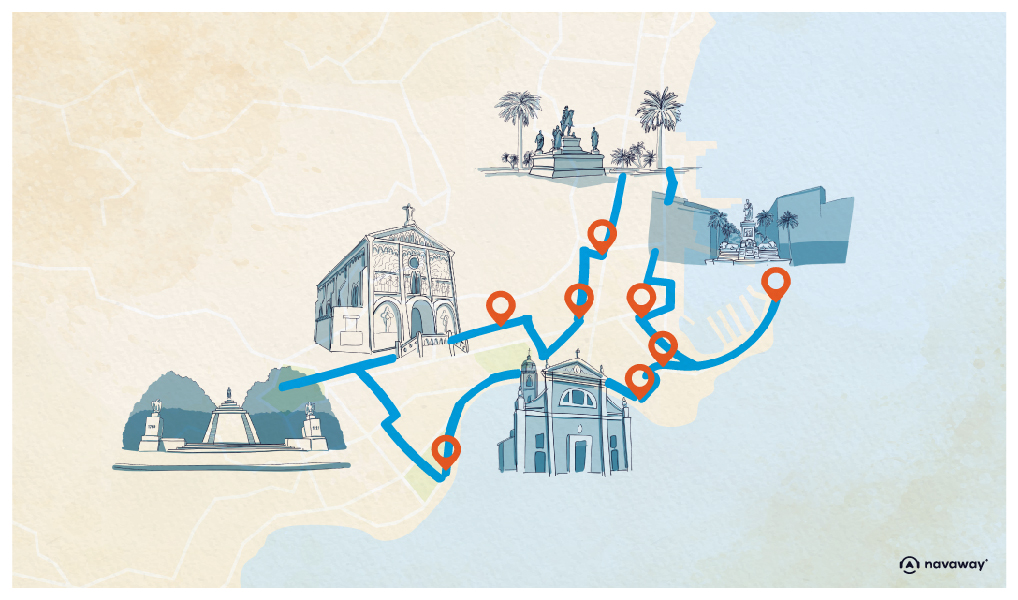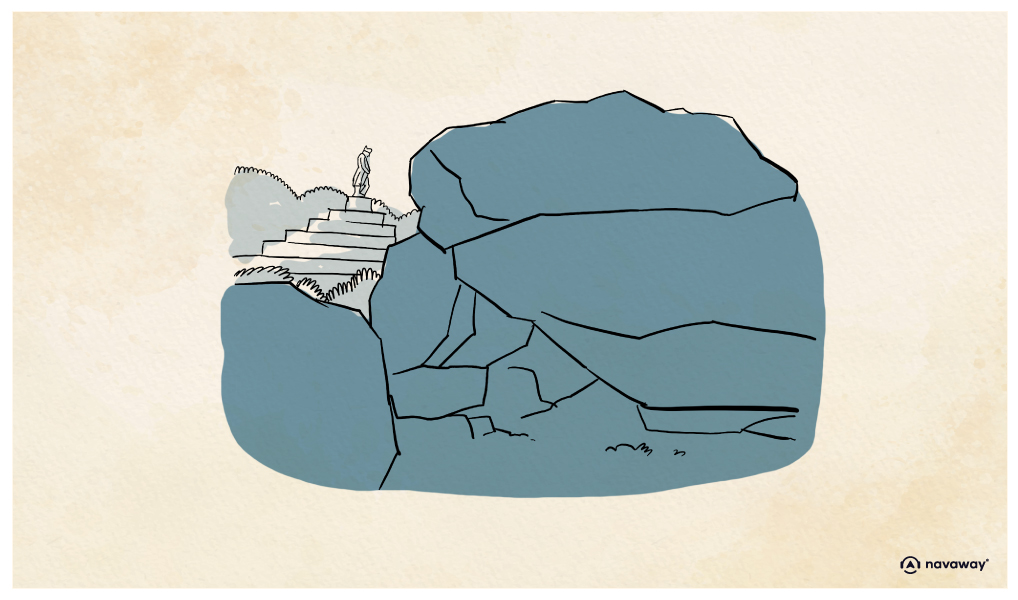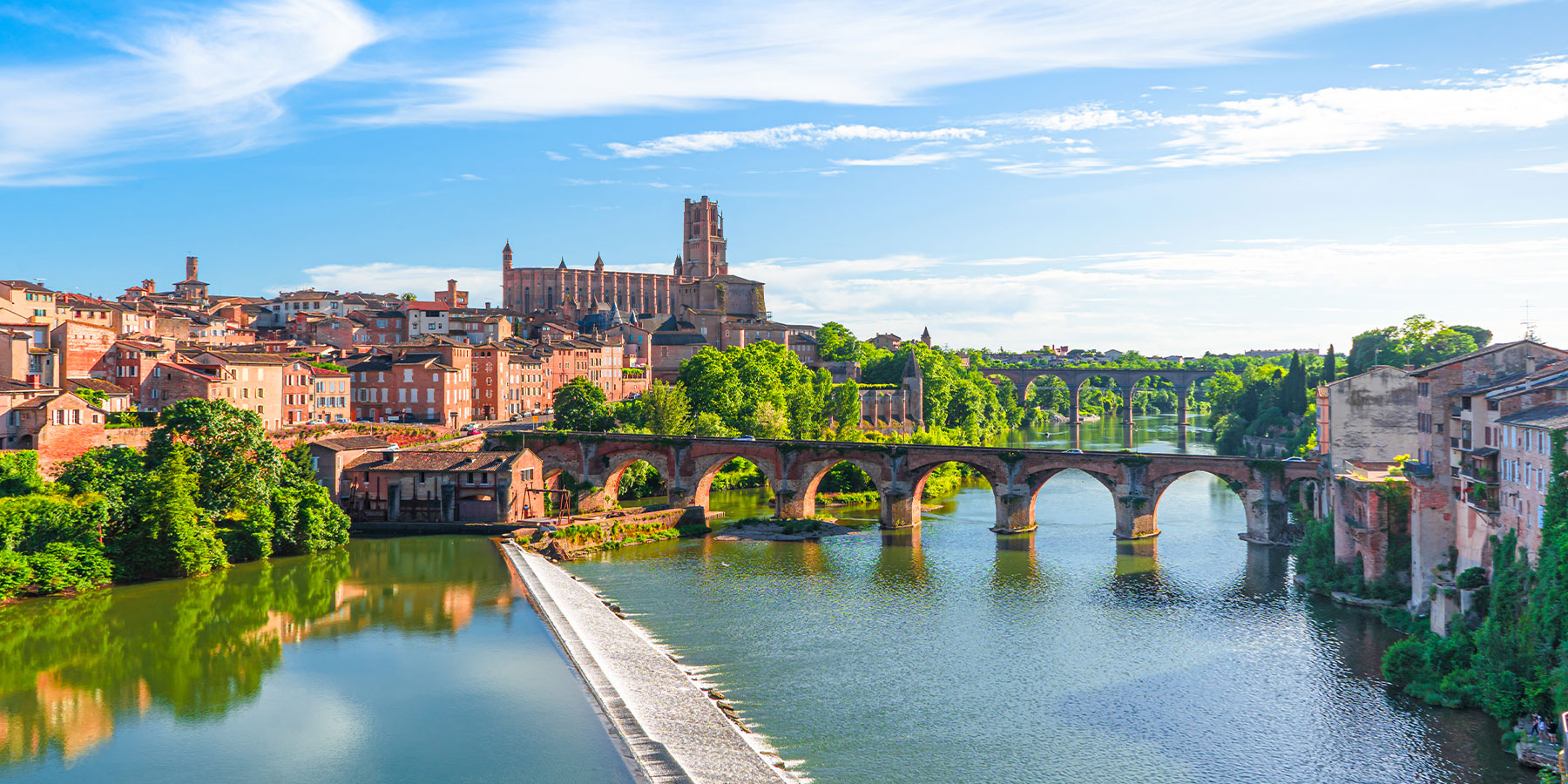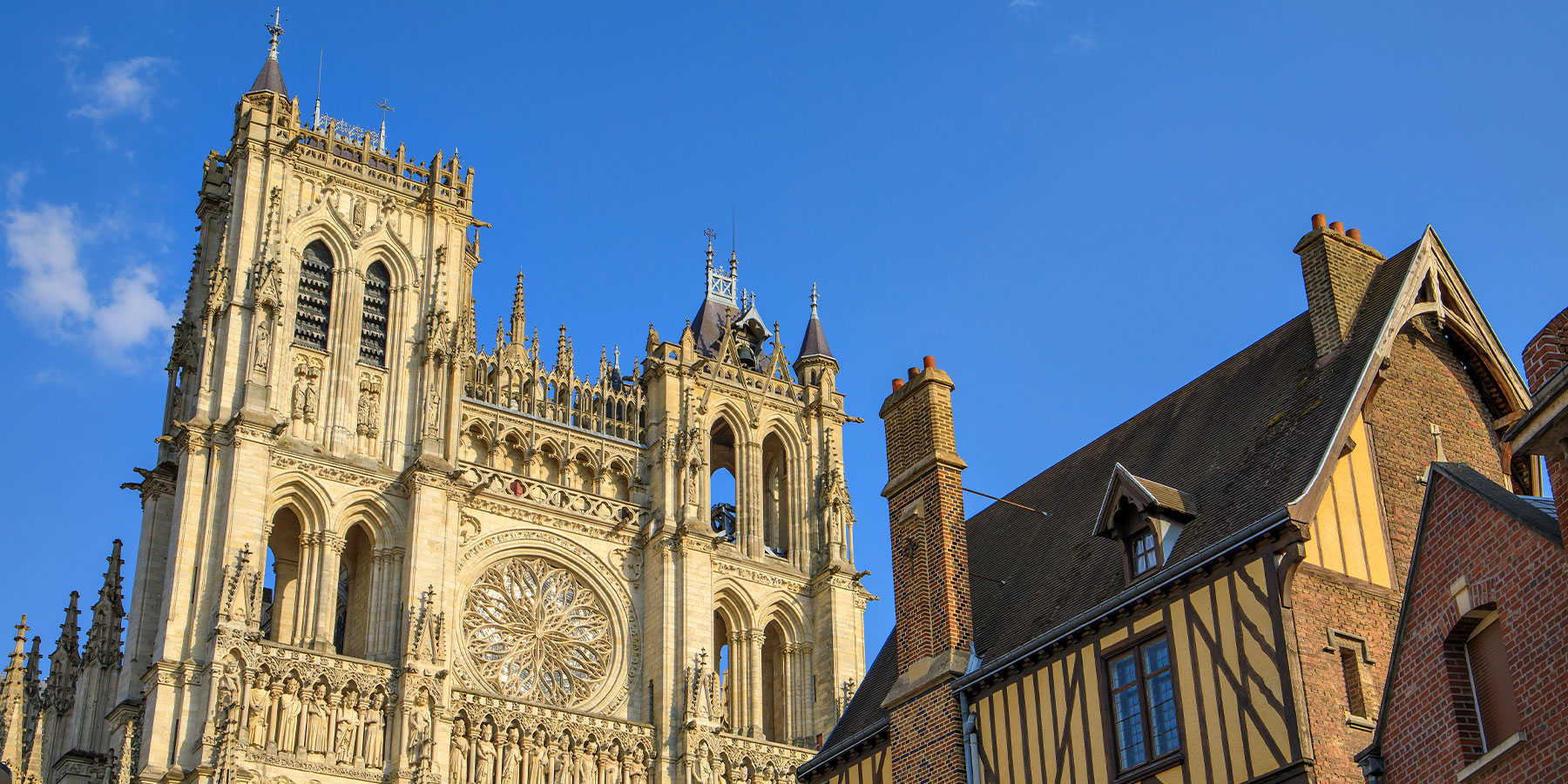
Austerlitz Square and Napoléon Cave

This point of interest is available as audio on the tour: Visit Ajaccio, Imperial City
Arriving at Austerlitz square immediately sets the mood. This is the place to pay respect to Napoleon Bonaparte. The ramp leading up to the statue, identical to the one at “Les Invalides” in Paris, commemorates the emperor’s military victories. If Napoleonic glory isn’t your cup of tea, you can still take advantage of the monument’s height to enjoy the view around you. And if you’d like to go hiking, the start of the splendid “sentier des crêtes” is nearby, on Nicolas Pietri Avenue, just behind the square. The rest of you, stay with us, and let’s talk about the famous French emperor, who is, let’s face it, one of history’s greatest conquerors. Make yourselves comfortable on a bench, because Napoleon’s life, even when summed up and simplified as much as possible, is still one hell of a story. As you may have guessed, Napoleon was born in Ajaccio, in a family from the nobility, though not a wealthy one. At the time, Corsica was barely French. From an early age, his parents noticed his qualities as a future leader. The cave you’re looking at is called the Napoléon Cave, because popular legend has it that the young boy came to dream of conquest and glory under these large rocks. At the age of 9, he received a scholarship to study in metropolitan France, where he learned French and entered the Paris military academy in 1784. A few years later, when the Revolution broke out, Bonaparte chose his side. It was to be the Republic. In 1793, he made a name for himself by capturing Toulon, which had surrendered to the English. He then went on to command the artillery of the French army in Italy, before becoming commander-in-chief of the Army of Italy. It was during the Italian campaign, when France invaded the Austrian provinces of Italy and Vienna, which capitulated and signed a peace agreement, that Napoleon revealed the full extent of his strategic talent. In France, Napoleon’s popularity soared. And since the government admired him as much as it feared him, it sent him to Egypt, to fight against the British, who were well established there. In France, post-revolutionary power was weakened, and several politicians and businessmen saw Napoleon as the ideal solution. Together, they planned a coup d’état, and Napoleon became First Consul. We owe him more institutions than you might think. He created prefectures and town halls, founded 45 lycées (which are essentially high schools), invented the Legion of Honor, turned the Louvre into a museum, and invented the Civil Code. Following the idea that no one can ignore the law, he understood that it had to be accessible to all. On December 2, 1804, he was crowned emperor in the presence of Pope Pius VI, under the name of Napoleon I. The crown became hereditary. The monarchy had been replaced by an emperor, but the French had voted yes in a referendum. He placed the crown on his head himself. His wife Josephine was also crowned empress. All the surrounding countries panicked at the power replacing the monarchy and allied against Napoleon. This was the era of the famous Napoleonic Wars. The English were well on their way to overthrow the government, and won the battle of Trafalgar. But the Russians and Austrians were defeated at Austerlitz, Napoleon’s greatest victory. The battle of Jena made Prussia flinch. Spain was in the hands of the French, led by Napoleon’s brother. The French Empire was larger than ever. It included the Netherlands, Belgium, Switzerland, Italy, Spain and Austria. At the peak of its glory, the Great Army seemed invincible. The story could have ended there, but Napoleon had to take on the Russian giant. And that was a very bad idea. It hadn’t started so badly, with the capture of Moscow in 1812. But the Great Army, caught up in the icy winter and the Russian counter-offensive, had to retreat. The disastrous passage of the Berezina River, which cost the largest army 200,000 men, gave rise to a new popular expression, “c’est une bérésina”, meaning “it’s a disaster”. In 1813, France was invaded and Napoleon abdicated. He settled on the island of Elba, and the monarchy was restored under Louis XVIII. But Napoleon did not admit defeat. He prepared his comeback and returned to Paris in 1815. He ousted Louis XVIII, and thus began the so-called 100 days, which ended with the crushing defeat at Waterloo. Napoleon abdicated a second time, this time for good, surrendered to the British, and was sent into exile in Saint Helena with a few close friends. He died there in 1821. In 1840, the emperor’s last wish to be buried on the banks of the Seine, among the French people he had loved so much, was granted. It was the famous return of the ashes. A prodigious crowd of thousands gathered in the freezing cold to pay their last respects to France’s greatest emperor. He now rests in a magnificent tomb in the center of the Invalides dome.


Discover Ajaccio with app
An interactive guide through the most beautiful streets, squares, and districts
19 fun audioguides full of historical facts, anecdotes, and legends




Comments